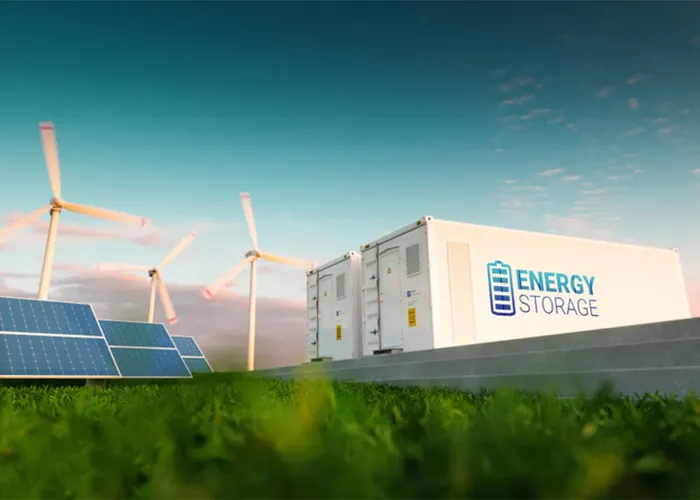China’s efforts to improve its energy security have shown significant progress, with the country’s energy self-sufficiency rate surpassing 80 percent. This achievement comes as China navigates global uncertainties and supply chain disruptions. The growth in energy self-sufficiency is driven by a steady increase in domestic oil and natural gas production, as well as advancements in exploration and production technology.
In a recent report from the China National Petroleum Corp (CNPC) Economics and Technology Research Institute, it was revealed that China’s total oil and gas output exceeded 400 million metric tons of oil equivalent in 2024. Power generation also reached a record high, surpassing 10 trillion kilowatt-hours, marking a 5.7 percent increase compared to the previous year.
Experts attribute the growth in domestic oil and gas production to technological innovations in exploration and production. These improvements have made China’s energy sector more resilient. Lu Ruquan, head of the CNPC Economics and Technology Research Institute, highlighted the significant investments in both conventional and unconventional energy sources, which are helping to boost reserves and improve efficiency.
China’s three major oil and gas companies—China National Petroleum Corp, China National Offshore Oil Corp, and China Petroleum and Chemical Corp—are expected to invest 390 billion yuan ($53.7 billion) in exploration and development. This has led to important discoveries in various oil and gas fields, helping reduce China’s reliance on crude oil imports. In 2024, the country’s oil import dependence dropped to 71.9 percent.
Despite this progress, China is still projected to rely on imports for around 70 percent of its oil needs between 2026 and 2030. The country’s oil refining industry, the second-largest in the world, is expected to import 559 million tons of crude oil in 2024, which is equivalent to about 11.18 million barrels per day.
China’s growing energy independence is also reflected in its increasing role in the global energy market. The country’s energy consumption in 2024 rose by 4 percent from 2023, contributing to a 1.9 percent global increase in primary energy demand.
New proven reserves in 2024 included about 1.5 billion tons of oil and 1.6 trillion cubic meters of natural gas. China’s oil production reached 213 million tons, an increase of 1.9 percent from the previous year, while natural gas production rose by 5.7 percent to 248.8 billion cubic meters.
Hu Jianwu, deputy director-general of the National Energy Administration’s oil and gas department, emphasized that China has been ramping up efforts to explore and develop oil and gas reserves, with a focus on low-carbon transformation and technological innovation. This has led to breakthroughs in deepwater and unconventional oil and gas exploration, particularly in Bohai Bay, Ordos Basin, and Tarim Basin.
Chinese oil and gas companies are also focusing on developing unconventional resources like coal bed methane (CBM). While CBM has significant potential to enhance energy security and reduce greenhouse gas emissions, it has faced challenges due to extraction difficulties and limited infrastructure. However, industry leaders like Zhang Qingsheng, executive director of Sinopec Zhongyuan Oilfield, stress the importance of developing CBM to strengthen energy security and promote cleaner energy use.
In addition to fossil fuels, China has made significant strides in renewable energy. In 2024, renewable energy generation increased by 14.8 percent to reach 3.2 trillion kilowatt-hours, with renewables now accounting for over 43 percent of the global total. Investments in wind, solar, and hydrogen technologies have positioned China as a key player in the global shift toward green energy.
Electric vehicles (EVs) have also gained momentum in China, with new energy passenger cars accounting for more than 50 percent of the market in 2024. The total number of new energy vehicles in use reached 31.4 million by the end of the year, representing 8.9 percent of the country’s total vehicle ownership. This trend is expected to continue, with projections suggesting that the number of EVs on the road will surpass 40 million by 2025.
While China continues to transition to a greener energy model, fossil fuels will still play a crucial role in the country’s energy mix in the near term. Lu Ruquan noted that fossil energy output is expected to grow steadily in 2025, with oil consumption approaching its peak. By 2025, China’s energy self-sufficiency is projected to increase slightly to 84.7 percent, up from 84.6 percent in 2024.
Technological innovations in digital tools and automation are expected to further enhance the efficiency of China’s energy production, driving the country toward a more balanced and sustainable energy structure in the future.
Related Topics:

